1. Always Have Dinner Ready for Your Husband
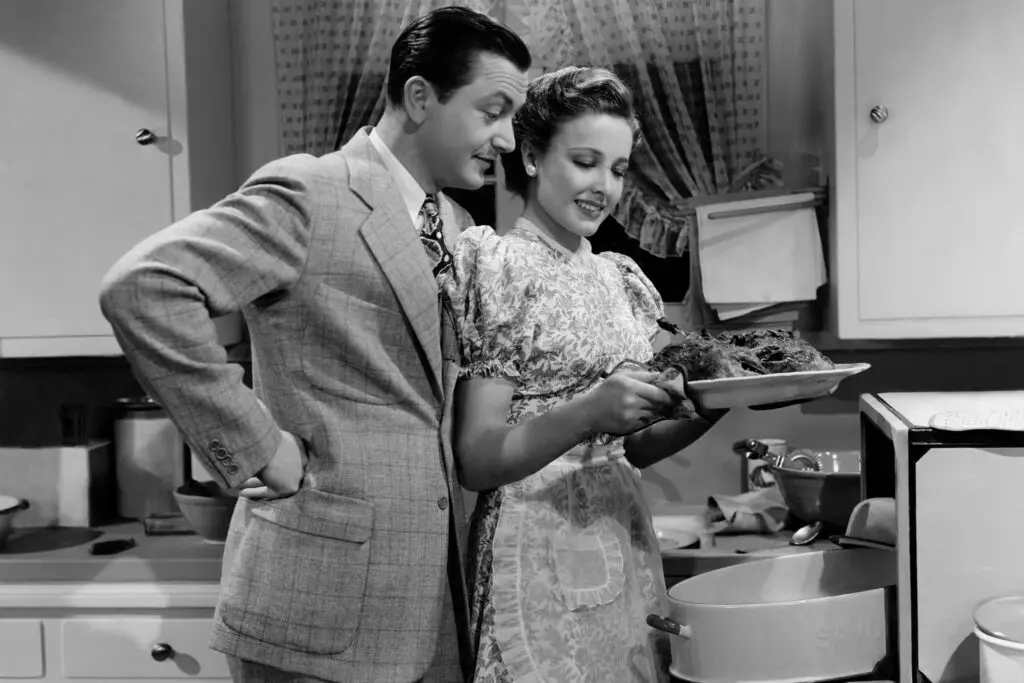
Back in the ’50s, one of the biggest pieces of advice for wives was to have dinner ready the moment their husbands walked through the door. Women’s magazines encouraged them to plan meals in advance, make sure everything was hot and fresh, and serve it with a smile. The idea was that a husband had been working hard all day and deserved a warm meal without any complaints. Meanwhile, the wife—who had also likely been working nonstop taking care of the house and kids—was expected to push her own exhaustion aside shares Redbook Magazine.
It wasn’t just about food; it was about creating an atmosphere of peace and quiet for him. Some advice even suggested that wives should freshen up, fix their hair, and put on a little makeup before he arrived. The reasoning? He had spent all day with “tired and boring” people at work, so coming home to a well-groomed wife would lift his spirits. It’s hard not to cringe at the idea that a woman’s appearance and effort were solely for her husband’s benefit.
2. Never Complain, No Matter How You Feel

Many ’50s marriage guides insisted that a wife should never burden her husband with her own problems. If she had a bad day, she was supposed to keep it to herself rather than risk upsetting him. The belief was that a husband carried the weight of providing for the family, and the last thing he needed was to hear about his wife’s worries. Even if she was exhausted from managing the household or dealing with the kids, she was expected to greet him cheerfully adds the Washington Examiner.
This advice completely dismissed the idea that marriage should be a partnership. Instead of encouraging open communication, it suggested that a wife’s role was to be a source of comfort for her husband, not the other way around. Imagine being told that your emotions don’t matter and that you should suffer in silence just to keep the peace. That kind of thinking wasn’t just unfair—it was harmful.
3. Always Let Him Win the Argument
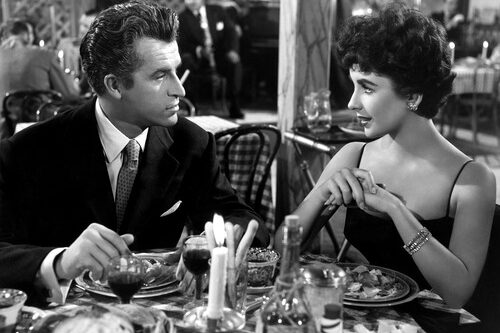
Many women’s magazines in the ’50s warned wives never to challenge their husbands in an argument. The thinking was that men had fragile egos, and a strong-willed wife who dared to disagree could drive her husband away. Even if she knew he was wrong, she was advised to nod along and let him have the final say. Some guides even suggested that if a wife absolutely had to express her opinion, she should do so in a way that made him feel like he had thought of it first says the New York Times.
This put all the power in the man’s hands, treating marriage like a dictatorship instead of a partnership. It also reinforced the idea that women’s thoughts and feelings were less important. A wife who followed this advice would have had to suppress her own needs just to keep her husband happy. Today, we recognize that a healthy relationship is built on mutual respect, not blind obedience.
4. Keep Yourself Attractive at All Times

A lot of ’50s marriage advice boiled down to this: A wife should always look her best for her husband. This didn’t just mean getting dressed up for date nights; it meant looking put together every single day. Articles warned women that if they let themselves go—gaining weight, wearing frumpy clothes, or not doing their hair—their husbands might lose interest. Some advice even suggested that if a husband cheated, it was partly the wife’s fault for not making herself desirable enough explains HuffPost.
The pressure was entirely on women to maintain their appearance, with no mention of men needing to do the same. It’s disturbing to think that women were made to feel like their value in a marriage was tied to how they looked. Thankfully, we now know that real love and commitment aren’t based on perfect hair and a tiny waistline.
5. Never Say No to Your Husband’s Needs

One of the most unsettling pieces of advice from the ’50s was that a wife should never refuse her husband’s advances. Many guides claimed that it was a wife’s duty to be available whenever he wanted, regardless of how she felt. Some even warned that if she turned him down too often, he might look for attention elsewhere. The idea was that keeping a husband satisfied physically was the key to a happy marriage.
This completely ignored the concept of consent and a woman’s right to her own body. A marriage should be based on mutual love and respect, not obligation and fear. No one should feel pressured to meet their partner’s needs at the expense of their own comfort. Thankfully, modern relationships emphasize the importance of both partners having a say in what happens in their marriage.
6. Accept That Household Chores Are Your Job

In the ’50s, it was a given that housework was the woman’s responsibility, no questions asked. Cleaning, cooking, laundry, child-rearing—it all fell on the wife’s shoulders, even if she had a job outside the home. Husbands weren’t expected to lift a finger because keeping a tidy house was considered part of being a good wife. One common piece of advice even suggested that a woman should wake up before her husband to make sure the house was spotless when he got up.
The idea that one person should do all the work while the other relaxes is wildly unfair. A home is shared, and maintaining it should be a shared effort. The ’50s mentality placed an unrealistic burden on women and dismissed the idea that men could—or should—help out. These days, most couples recognize that dividing household tasks makes for a much healthier dynamic.
7. Don’t Have Too Many Opinions of Your Own
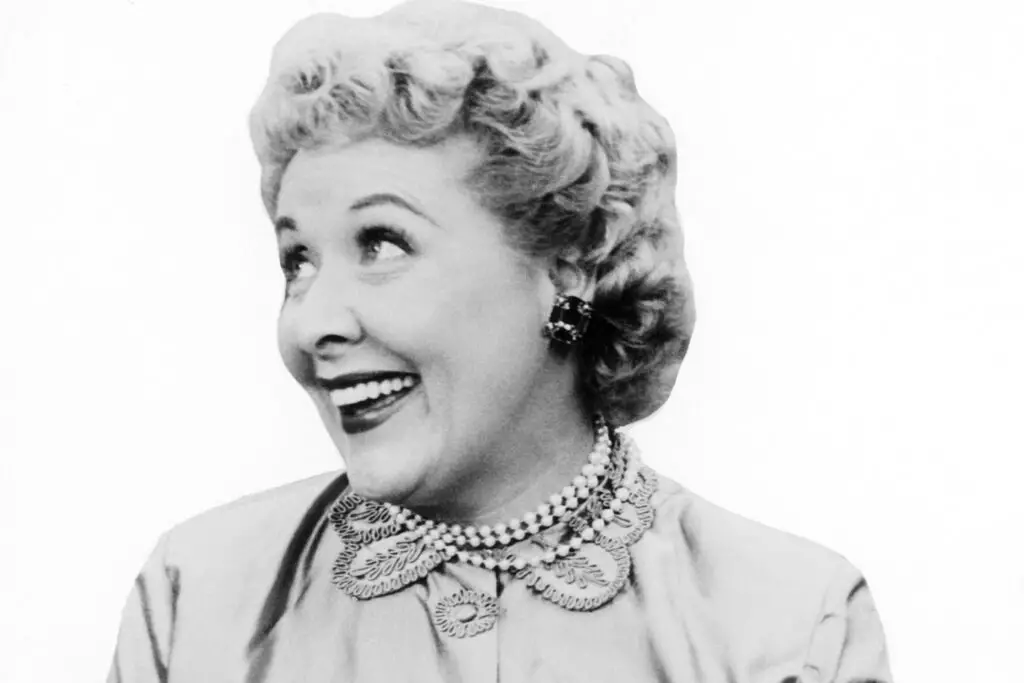
Women in the ’50s were often advised to keep their opinions to themselves, especially if they were controversial. The reasoning was that a wife should be agreeable and easygoing, never causing trouble by expressing strong viewpoints. A woman who voiced her opinions too often might be seen as difficult or nagging. Some guides even suggested that discussing politics or world affairs should be left to the men.
The message was clear: A husband’s views mattered, while a wife’s should be kept quiet. This not only dismissed women’s intelligence but also discouraged meaningful conversations between partners. A marriage where one person is expected to agree with everything the other says isn’t a marriage—it’s a dictatorship. Today, we know that couples thrive when they challenge each other and grow together.
8. If He’s in a Bad Mood, It’s Your Fault
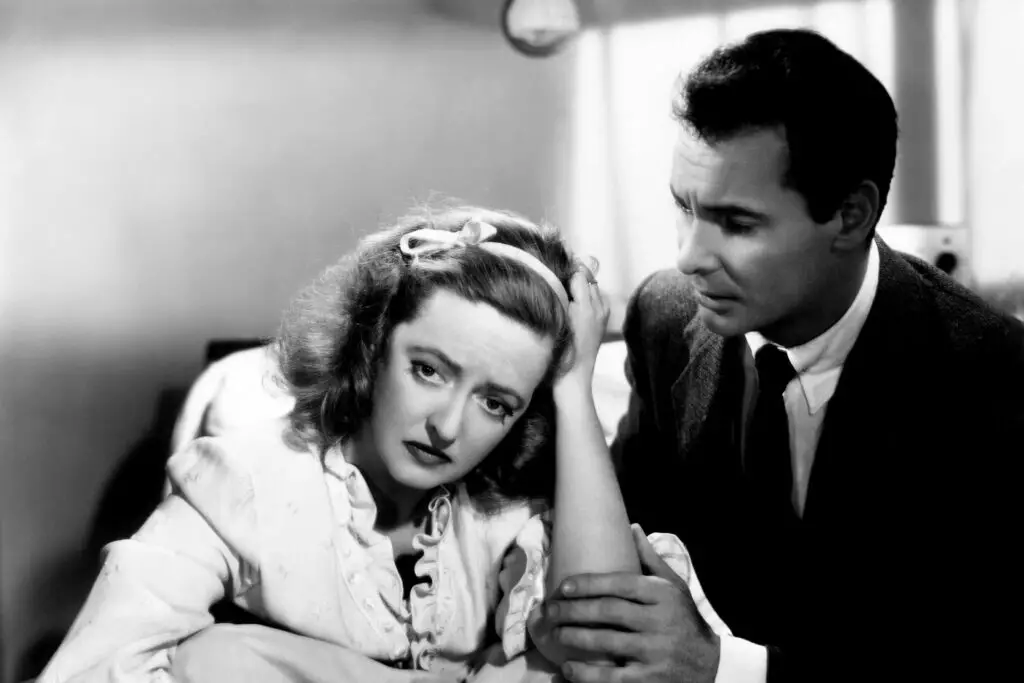
One of the most disturbing pieces of advice given to wives in the ’50s was that they were responsible for their husband’s happiness. If he came home in a bad mood, it was up to her to cheer him up. Wives were encouraged to stay positive, never nag, and always make sure their husbands felt appreciated. Some guides even suggested that if a man was grumpy, his wife had likely done something wrong.
This put an unfair amount of emotional labor on women. Instead of allowing men to manage their own feelings, it made wives responsible for fixing every problem. No one should have to walk on eggshells just to keep their spouse in a good mood. Today, we recognize that emotional health is a personal responsibility, not a spouse’s burden.
9. Never Let Him See You Cry
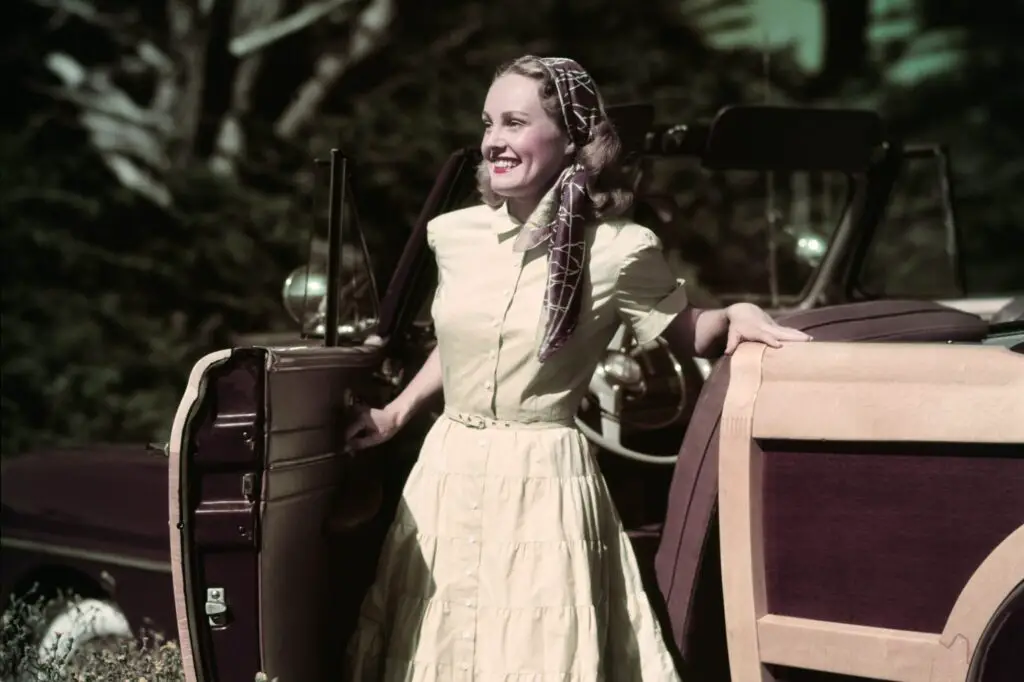
Wives in the ’50s were told that showing too much emotion could drive their husbands away. Crying or expressing sadness was seen as a sign of weakness, and a woman who broke down too often was labeled dramatic. The advice was to keep things light and cheerful, no matter what she was going through.
This made it impossible for women to express their feelings in their own marriages. A relationship without emotional support isn’t much of a relationship at all. Real love means being able to be vulnerable without fear of rejection.
10. If He Cheats, Win Him Back

Instead of leaving a cheating husband, wives in the ’50s were often told to try harder to please him. Marriage advice columns suggested that if a man strayed, it was likely because his wife had failed to keep him happy. Rather than holding the husband accountable, the blame was placed squarely on the woman’s shoulders. Wives were encouraged to overlook affairs and focus on being more attractive, more agreeable, and more attentive. Some advice even suggested planning romantic surprises or cooking his favorite meals to “remind him” why he married her in the first place.
This completely disregarded accountability and enabled bad behavior. It also sent the damaging message that a woman’s worth in a marriage depended on how well she catered to her husband. Instead of encouraging women to stand up for themselves, this advice told them to tolerate betrayal in order to keep their family together. No one should be expected to tolerate infidelity or work harder to keep someone who has broken their trust. Today, most people understand that a strong relationship is built on mutual respect, not blind devotion.
11. Always Let Him Be the Boss
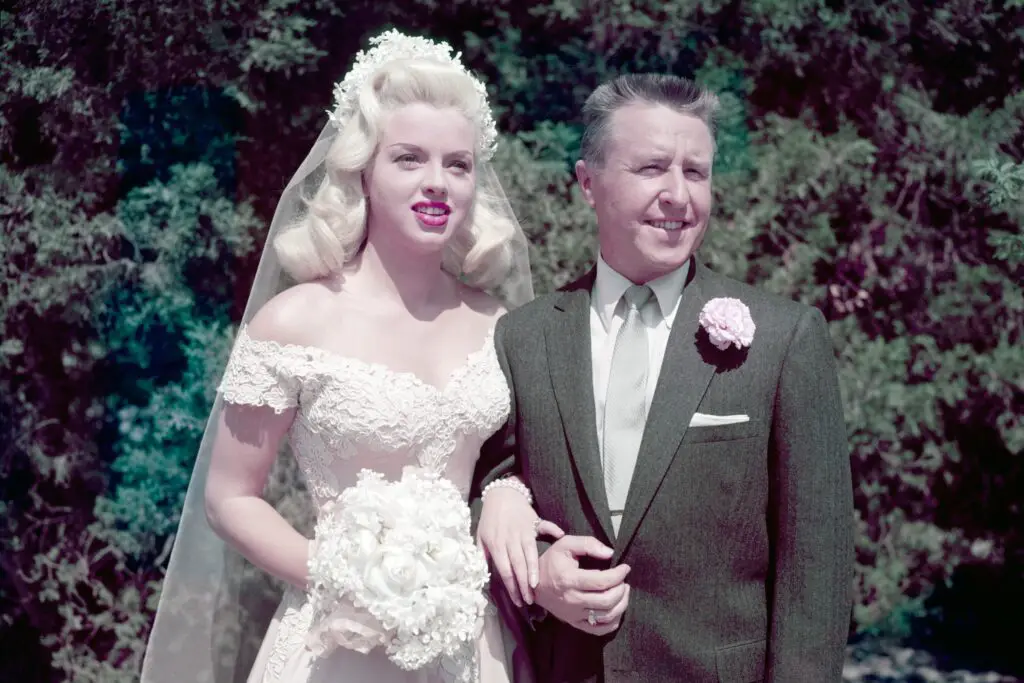
Women in the ’50s were told to accept that their husbands had the final say in everything. A wife was expected to defer to her husband’s decisions, whether it was about money, parenting, or even where they lived. The man was the leader, and the wife was there to follow, no questions asked. Many marriage guides framed this as the “natural order” of things, claiming that men were better equipped to make important decisions. Even if a wife had strong opinions or good ideas, she was encouraged to present them gently, making sure her husband always felt in control.
This kind of thinking left women without a voice in their own marriages. It also created a power imbalance that was more about control than love. A healthy relationship isn’t about one person calling all the shots; it’s about working together as equals. Respect goes both ways, and a marriage where only one person gets a say isn’t a partnership—it’s a dictatorship. Today, most couples understand that mutual respect, open communication, and shared decision-making lead to stronger, healthier marriages.
